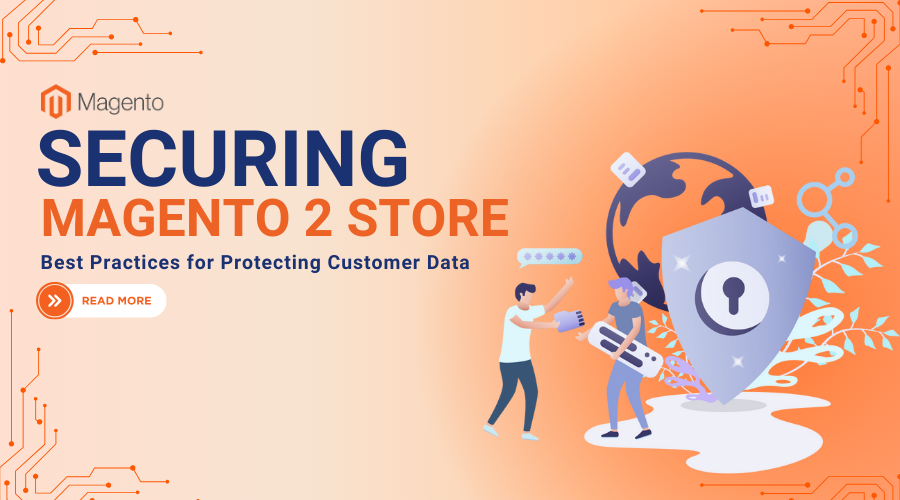
If you’re running an online shop on Magento 2, you’ve probably had a few restless nights worrying about protecting customer data.
As an eCommerce store owner, you know that having a great-looking and high-performing (in terms of conversion rate) website isn’t enough.
You also need to keep it secure and keep the cybercriminals trying to get sensitive information out.
Cyberattacks have increased by 72%, reaching the highest of all time.
You don’t want to lose customer trust just because a few hackers found their way in. It won’t be easy to gain it all back.
Your customers trust you with their personal details, so it’s up to you to protect them. That includes everything, including passwords, payment info, etc.
Read on to learn how to secure your Magento 2 store, keep the hackers out, and make sure your customers’ data stays right where it belongs.
Table of Contents
I. Best Practices for Protecting Customer Data
When protecting customer data, you have to be super sharp—one wrong move could put your customers’ sensitive information in the hands of criminals.
A breach can cost you a lot of money, open your business up to legal suits, and harm its reputation.
Below are some of the best practices to follow to secure your Magento 2 store:
1.1. Keep Magento Up to Date
Magento always releases updates that contain security patches, bug fixes, and general performance enhancements. Running the latest version reduces the number of entry points hackers can use to attack you, helping in protecting customer data.

Steps to Update Magento:
- Backup Your Store: Ensure you make copies before making changes, as the updates may cause data loss.
- Test Updates in a Staging Environment: Conducting changes in a staging environment first will help you identify whether different updates are compatible with your current environment.
- Schedule Regular Updates: Make it a habit to look for new updates monthly or follow Magento’s suggestions.
For a more detailed guide, head over to our latest post, where we’ve laid out all the steps on how to upgrade Magento 2.3 to 2.4.
1.2. Strong Password Policies
Have a strong password policy, including regular password changes and different passwords for different accounts.
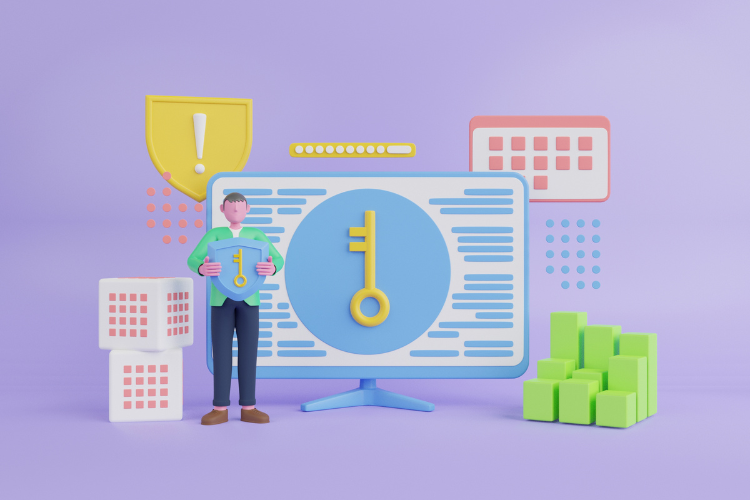
Always come up with solid passwords since most hackers use weak ones as their windows to infiltrate a particular system. Also, encourage your customers to use strong password standards in their operations to aid in protecting customer data.
Best Practices for Password Management:
- Enforce Complexity Requirements: The password must be at least eight characters long and contain at least uppercase, lowercase, a number, and a unique character.
- Implement Two-Factor Authentication (2FA): The next layer of security should come from making people use a second form of ID to get into their accounts.
- Encourage Regular Password Changes: Encourage users to change their passwords often, especially after it’s compromised.
1.3. Configure HTTPS Securely
Use HTTPS to ensure the safe transfer of data between your store and customers. An SSL certificate encrypts this data to provide privacy when transmitting such information, contributing to protecting customer data.
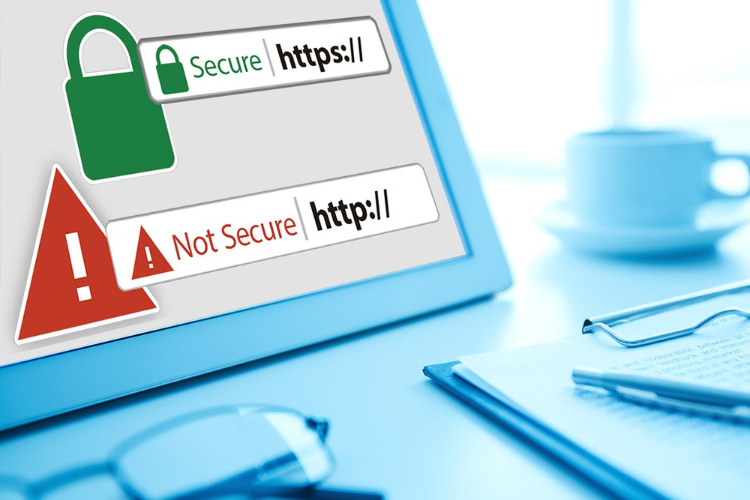
Steps to Enable HTTPS:
- Obtain an SSL Certificate: Get yourself a legit SSL certificate from a trusted provider who specializes in this field.
- Configure Magento to Use HTTPS: To do this, go to the Magento admin panel—> Stores > Configuration > Web and set the Base URLs and Base URLs (Secure) fields to HTTPS.
- Force HTTPS Redirects: Ensure all connections are encrypted and set server-side rules that force all HTTP connections to switch to HTTPS, improving security.
1.4. Regularly Audit User Permission
Manage user requests properly, especially if your store has multiple administrative accounts. User permissions should also be audited frequently to assist in protecting customer data.

Restrict access within sections of your store that could be vulnerable to internal threats.
Strategies for Managing User Roles:
- Create Role-Based Access: Make sure account roles are assigned based on each person’s job so your team only sees what they need to. No one should be poking around where they don’t belong.
- Review Permissions Regularly: As part of an ongoing review, periodically check the user roles and privileges within the software.
- Remove Inactive Accounts: To stop unwanted access, make sure you deactivate or ditch any old user accounts that aren’t needed anymore. No point in letting unused accounts hang around.
1.5. Use a Web Application Firewall
A Web Application Firewall (WAF) acts as a security shield between your Magento store and cybercriminals. It monitors traffic and blocks dodgy requests before they can cause trouble, helping in protecting customer data.

Benefits of Using a WAF:
- Real-Time Threat Detection: A WAF gives you information about the attack and can shut it down in real-time.
- Customizable Rulesets: Tweak your WAF to fit your business and the security risks you’re likely to face. Every shop’s different, so make sure your firewall is set up to handle the threats that matter most to you.
- Reduced Server Load: A WAF kicks out the bad traffic, which improves the performance of your Magento store.
1.6. Be Careful with Security Extensions
A lot of people think that adding a plugin will fix their security worries, but the truth is that a dodgy extension can do more harm than good, especially when it comes to protecting customer data.
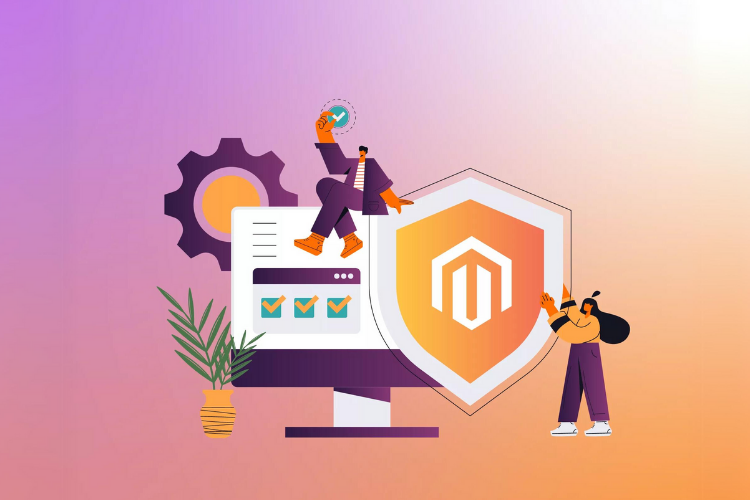
If you’re not careful, you’ll leave your store open to cybercriminals who’ll swipe customer data before you can blink.
Tips for Selecting Security Extensions:
- Research Vendor Reputation: Only get extensions from reliable sites like Land of Coder.
- Check for Regular Updates: See to it that the extension is updated to provide the latest protection against threats or new malicious activities.
- Test Before Full Implementation: When working with extensions, ensure you have tested them in a staging environment before implementing them in the live store.
1.7. Backup Plans and Disaster Management Plans
Any online store should ensure that it has a good backup plan in place. Backups help minimize the impact of a data breach or a system failure by providing a baseline from which to start over again, ensuring that protecting customer data remains a priority.

Creating an Effective Backup Strategy:
- Automate Backups: Use automatic backup systems and schedules to avoid frequent backups by human effort.
- Store Backups Offsite: Some backups should be moved off the local space to provide safety in disasters affecting the company.
- Test Your Backups: Proof-test your backups now and then to ensure you can restore them if necessary.
1.8. Monitor Activity and Logs
If you monitor your system closely, you’ll catch unauthorized access or any dodgy activity early on.

Magento 2 has its own built-in logging system, but improving it with a few extra logging features can give you a clearer view of what’s going on.
Tools for Monitoring Activity:
- Utilize Magento’s Built-In Logs: Review the Magento system and the exception logs frequently for unusual activities.
- Consider Third-Party Monitoring Tools: Ensure you get solutions such as constant surveillance and notifications if any suspicious activities are evident.
- Implement User Activity Tracking: Log all the actions by your admin users, so if anything dodgy pops up, you can trace it back quickly.
1.9. Select A Safe Hosting Environment
Choose a safe hosting environment, such as Bluehost, for your Magento 2 store. If you get it wrong, everything can come crashing down.
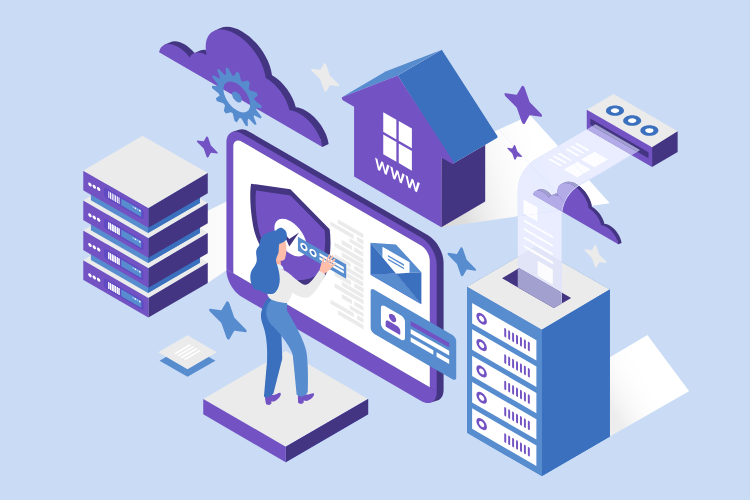
Don’t skimp on this one—a dodgy host can leave your site open to all sorts of attacks.
You want a provider with top-notch security features, like firewalls and regular backups, to keep your store safe from hackers.
Look for one with solid uptime, good support, and a reputation for keeping things secure.
A reliable host is your first line of defense, so make sure you’re building on solid ground.
II. Wrapping Up
Securing your Magento store requires constant effort and vigilance. Implementing these best practices mentioned in the article for your eCommerce site may guarantee protecting customer data, company credibility, and, hence, the sustainability of your online business.
Don’t forget, security is not a set-and-forget deal—it’s an ongoing job. You can’t just fix it up in one go and call it a day.












![[SALE OFF] Discount 30% All Premium Extensions On Christmas And New Year 2025 christmas-and-new-year-2025](https://landofcoder.b-cdn.net/wp-content/uploads/2024/12/christmas-and-new-year-2025-1-218x150.png)






